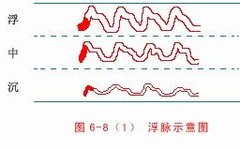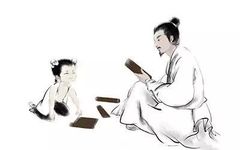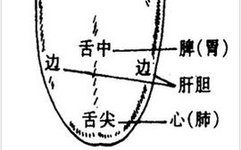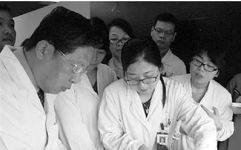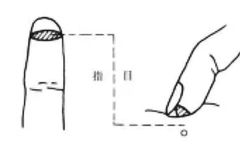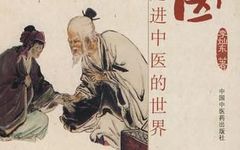Introduction to Twelve Common Pulse Types
Floating Pulse (Fu Mai):The floating pulse is superficial, felt just beneath the skin, and can be detected with light pressure. When pressed harder, the pulse may slightly diminish but does not feel weak or empty. In summary, a floating pulse indicates that the patient has an exterior condition, suggesting a mild illness where the external … Read more

